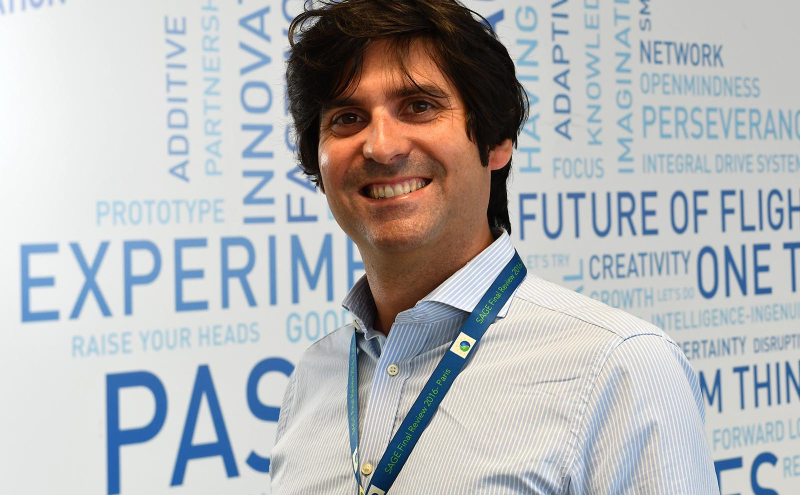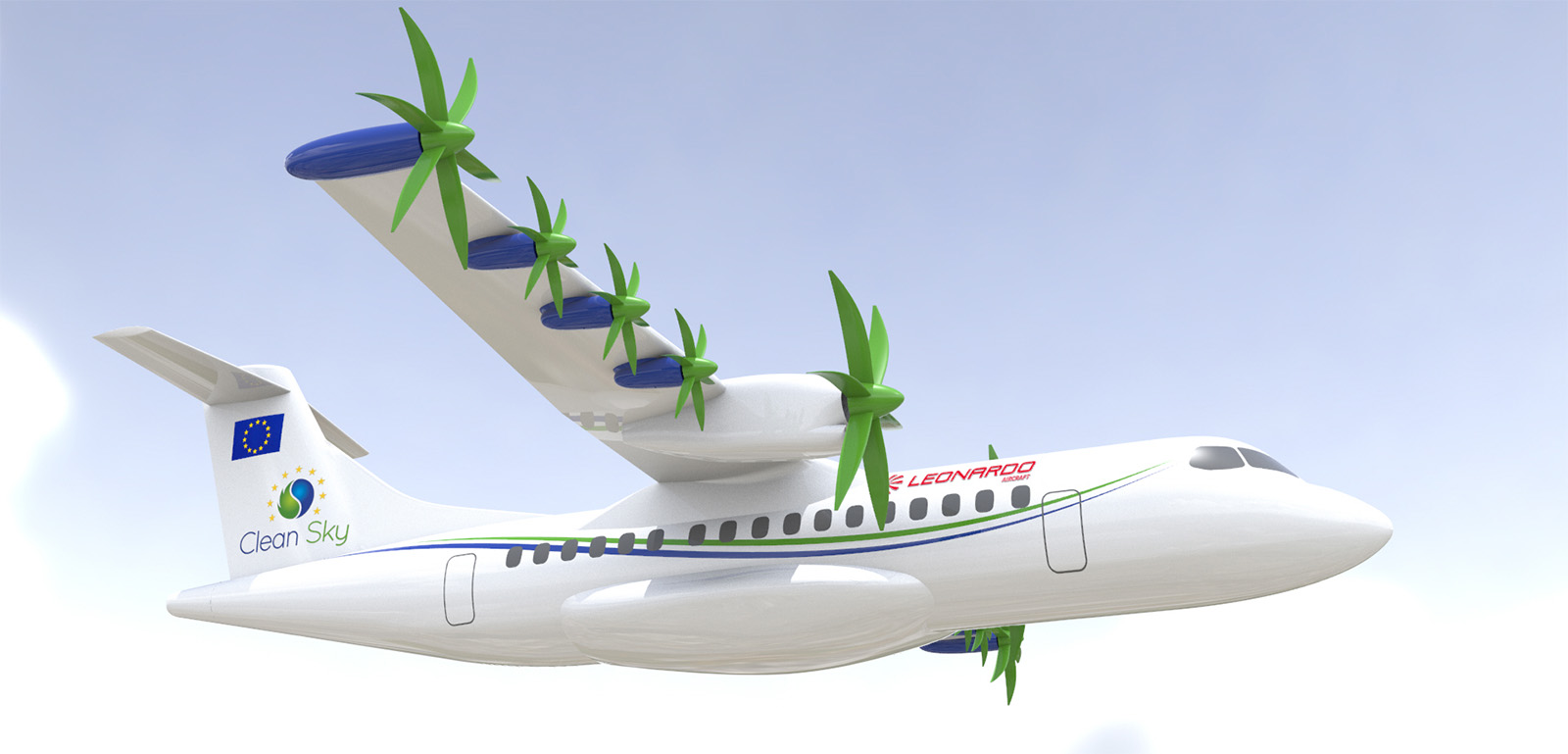Future
European Aviation meets in Turin
The Annual Review dedicated to Clean Sky 2 research and demonstration of sustainable propulsion technologies for air transport was hosted by Avio Aero in its hometown.
Jun 2022
The city of Turin just offered a sparkling array of international events at the turn of spring and summer. Lovers of culture - such as sports and art or music - came from all over the world to visit Italy's first capital city for Eurovision, the Jazz Festival, the Champions League Women's Final or the International Book Fair.
And this year, at the end of May, Turin also hosted a particularly important technology conference: admittedly, this fair was more sectoral, as related to the aviation industry, and was therefore less popular. However, it was equally influential for all those who look at the world as an interconnected place and who perhaps trust in the future possibility of exploring places and meeting people by traveling sustainably.
In fact, the Annual Review 2022 of Clean Sky2's ENGINE Integrated Technology Demonstrator (ITD) was held downtown in this subalpine city. For three days, major players in European aviation met (finally in person after two years) to discuss updates, progress, and assessments in front of representatives of the Clean Aviation Joint Undertaking and reviewers from the European Commission.
“It was an honor to welcome our research partners," said Enrico Casale, R&D Leader of Avio Aero. “While it was personally exciting to see so many fellow adventurers from Europe's leading companies, universities and research organizations again, it was yet another demonstration of how important it is to start having in-person opportunities to meet again. It is essential to have a free and open exchange, which is often limited in virtual meetings, as well as to build relationships with new members of our community.”
"The next generation of aircraft engines will be characterized by an architectural and technological revolution unprecedented in the history of our industry, as well as by increasing integration between the propulsion system and the aircraft"
For Avio Aero - a Founding Member of Clean Aviation - this event was a great occasion to present and observe advances on a wide variety of technology demonstrators: from Geared Turbofan and Open Fan engine architectures, to innovative and high-efficiency solutions for turboprops, ahead of an audience representing European excellence in the aeronautical industry and its engineering. This provided an opportunity and a stimulus in the race for decarbonization, as Casale further pointed out.
“The next generation of aircraft engines will be characterized by an architectural and technological revolution unprecedented in the history of our industry, as well as by increasing integration between the propulsion system and the aircraft: this is necessary to ensure the solid, safe and reliable development of the next generation of products. Open Fan architectures, greater electrification of the propulsion system with hybrid-electric solutions for regional applications, up to full electric for commuter helicopters and Urban Air Mobility, but also alternative fuels such as the SAFs and hydrogen, will be the main areas of innovation that will characterize next-generation aircraft propulsion toward the goal of climate neutrality by 2050. Clean Aviation, the continuation of Clean Sky 2, will in fact be the main area of technology demonstration in this regard in the coming years.”
For decades now, Avio Aero has been fully involved in major technology demonstrators at the European level, and concurrently in complementary activities at the national level, aiming to maintain the front line in the global challenge toward sustainable and climate-neutral aviation, with the main targets of reducing carbon emissions by 30% by 2030 compared to 2020 state of the art. Just within Clean Sky 2, Avio Aero has been working on the development of high-efficiency engine solutions and innovative hybrid-electric architectures: projects known as Ultra High Propulsive Efficiency (UHPE), Iron and MAESTRO.
“We expect that the results will confirm the technological excellence of the CS2 project by 2023 and, above all, that this will attach and connect, in the best way, to the new Clean Aviation program, for which there are now open invitations for project proposals and, by the end of this year, we will formalize the operational start-up of the first phase," explained Paolo Trinchieri, Project Officer Propulsion and Hydrogen Power at Clean Aviation. "Avio Aero has been an integral part from the beginning as an Important contributor for engine technologies and is producing excellent results, especially with regard to components and engine modules of direct relevance (those in which it specializes: turbines, combustors and transmissions) as well as turboprop engines. And, in order to do this, it is working alongside aircraft manufacturers.”
The primary goal of Clean Aviation, as the main European R&D program for aviation, is to allow new engine models to enter production and therefore service between 2030 and 2035 for various range of applications. In fact, the program is moving on three main platforms: medium-short-range aircraft, regional aircraft, and the third (very ambitious considering the current state of play) for aircraft engines using liquid hydrogen.
“Avio Aero is continuing its contribution mainly towards projects such as UHPE, in which the team supported the development of a novel gearbox aimed to Open fan engines with high dilution ratio, or IRON, which dealt with propulsion Improvements for regional applications, including hybrid technologies. All these activities will be further developed to increase the performance, in terms of efficiency, of those applications that will enter into service from the end of this decade and will contribute to decarbonize aviation with the target to replace 75% of the worldwide fleet by 2050. And we expect, particularly for the turboprop studies, that we can also see in-flight demonstrations by 2028,” Trinchieri added.






